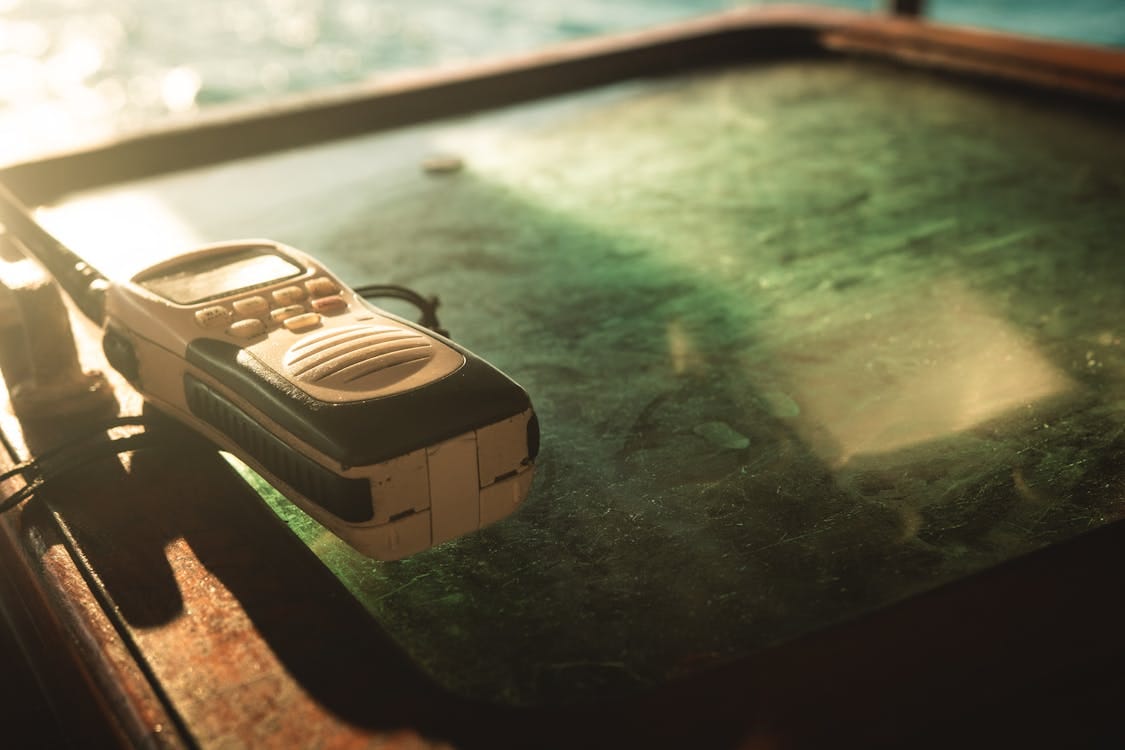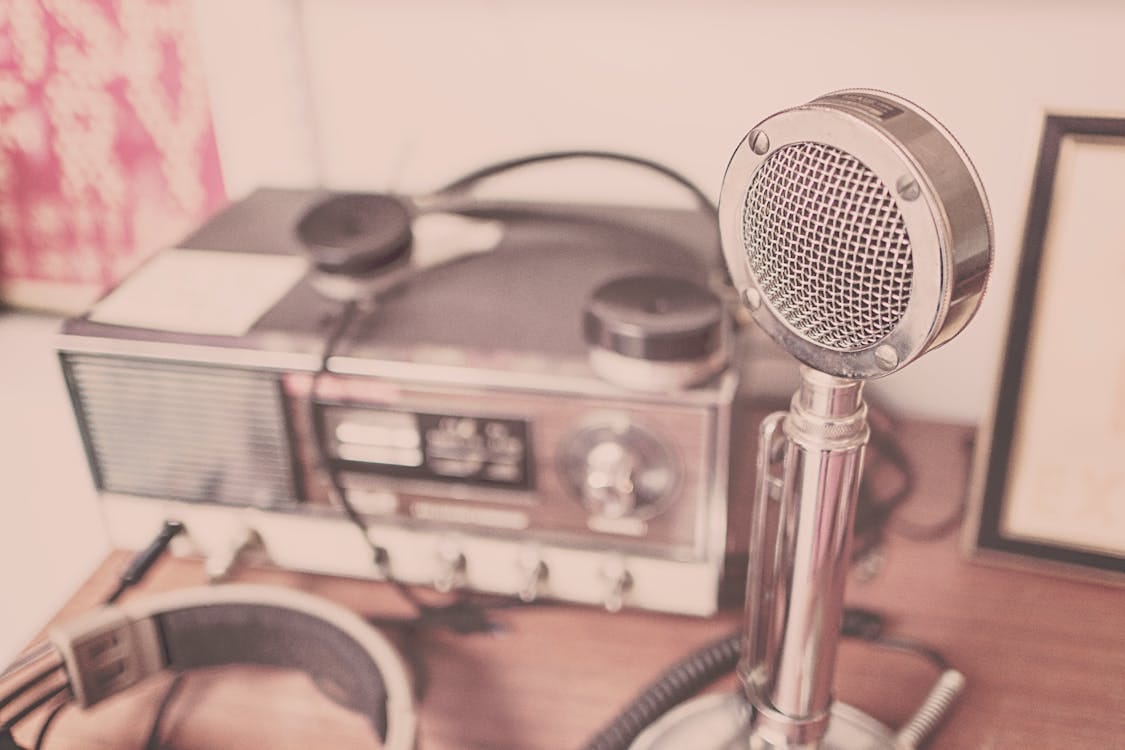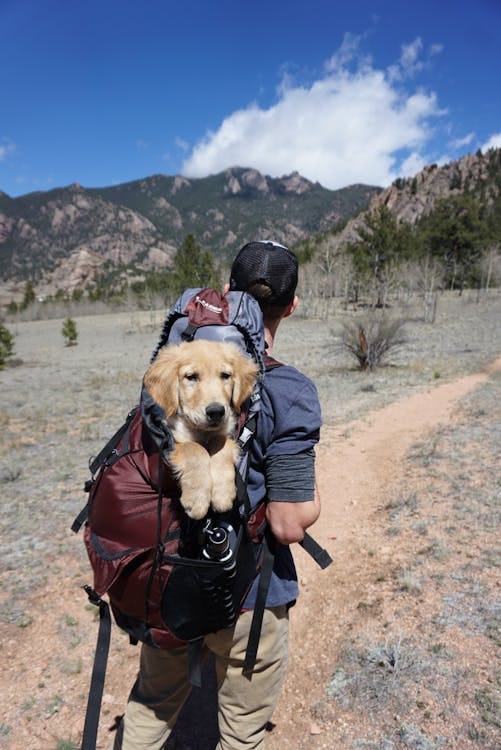Welcome to Amateur (AKA HAM) radio, where communication meets adventure! Although over 3 million licensed HAM radio operators exist, many people must know this thrilling hobby.
Imagine being able to communicate with someone halfway across the world using only a radio transmitter and antenna and your skills in modulation and propagation. This is the essence of ham radio — a hobby that enables individuals to connect with others near and far, engage in conversations, share knowledge, and nurture a passion for all things related to radio communication.

Amateur radio operators, or “hams,” are licensed by regulatory bodies like the Federal Communications Commission (FCC) in the United States. These licenses come in different classes based on proficiency levels, each granting operators specific privileges within the radio spectrum.
Okay, Brandon, but why HAM radio? I can text, call, and use FaceTime and have many digital tools.
True—I won’t argue that we are more connected than ever.
However, radio is one of the most pure forms of communication. When a hurricane wipes out power, the “cloud,” and communications infrastructure…we will always rely on radios. Ham radio creates an environment (playground) where everyday people like you and I can learn about radio theory and propagation. We can develop skills that will make our everyday lives easier.
Even now, technological advancements are making radios more relevant. For example, software-defined radios allow for greater flexibility, reconfigurability, and scalability compared to traditional radio systems. Imagine bringing a USB drive instead of a radio chassis everywhere.
Today’s post will discuss HAM, its history, career paths, certifications, and ways to connect to this fun community.
My background: I have worked with and around radios for nearly 13 years and earned my HAM Radio Technician license. But don’t worry; I will break down everything I have learned thus far to make it easy for you to get into the fun parts!

What is HAM?
The term “ham” is believed to have originated as a demeaning term by professional radio operators to describe amateurs who they thought had lesser skills in the field.
Another theory believes “ham” originated from the initials of the first amateur radio operators, such as H.A.M. Phillips, Charles H. Brown, and Alphonso S. Hyman, among the early pioneers in the field.
Despite its potential negative origins, the amateur radio community has embraced the term “ham radio,” it is now commonly used to refer to non-commercial radio communications for personal enjoyment, experimentation, and emergency communication purposes.
History:
- 1910: The Wireless Institute of Australia was the first national amateur radio society to be formed in Sydney.
- 1912: Amateur radio operators were critical in the Titanic rescue efforts. Two operators aboard used Morse code to signal for distress. This event highlighted the importance of amateur radio in emergencies and disaster response.
- 1912: The Titanic sinking had inevitably significant effects on radio and broadcasting, given all of the confusion and fury over the sinking. Only four months after the RMS Titanic was lost, the American government passed the Radio Act of 1912 — the law was the first action taken by the US government to gain control of the airwaves. All operators must hold a valid federal license to use radio equipment. In addition, it restricted amateur users to bands less than 200 meters — wavelengths far below where official maritime communications would be conducted, reducing the chances of interference with transmissions.
- 1914: The American Radio Relay League (ARRL) was founded in the United States. To this day, ARRL is the top reference for learning and joining the amateur radio community.
- 1925: The International Amateur Radio Union (IARU) was created to support amateur radio activities worldwide. Since then, the IARU has worked tirelessly to defend and expand the official frequency allocations for amateur radio.
Fast forward to today, and you will find a well-connected amateur radio community.
Today, ham radio operators use a variety of frequencies and technologies to communicate locally and worldwide.
The So What!:
Okay, maybe the two radio operators using Morse code on the Titanic weren’t enough to entice you to HAM radio. Then perhaps the fact that this is a hobby that complements many practical skills, careers, and hobbies will!

Fun:
- DIY Electronics: A radio is a radio. However, how you communicate will vary greatly. Throughout the community, you will find people with custom-made “go-packs,” specifically built and designed for varying purposes.
- Camping: No cell phone coverage? That’s okay. What if I told you you could set up your portable radio station in the wilderness? This adds an exciting aspect to an already fun camping trip! Who can you talk to, and, worst-case, alert if someone is hurt?
- Hiking: As you hike, you can participate in Summits on the Air (SOTA) activities, walking to designated summits to set up radio equipment and contact other operators. This activity will combine your love for hiking with radio communication.
- Field Days and Contests: These are typically organized by local amateur radio clubs for operators to test their skills in outdoor settings. They are highly addictive for anyone who enjoys competition and provide an opportunity to develop their radio skills.
- Satellite Communications: You only need a HAM radio technician license and can communicate with amateur radio satellites orbiting the Earth. Tracking these satellites, exchanging messages, and using specialized equipment to establish connections with space-based radio stations is fun.
- International Space Station (ISS) Contacts: How would you like to contact astronauts aboard the International Space Station directly? These contacts, known as ARISS (Amateur Radio on the International Space Station) events, allow operators to speak with astronauts and exchange greetings.
- Tracking Spacecraft: Track and monitor various spacecraft, including weather satellites, CubeSats, and space probes. Your radio observations contribute valuable data to space agencies and research institutions.
- Networking: 3 million licensed radio operators…..expect to meet people from diverse backgrounds. Once you contact another member, you can look up their callsign and bio online. Fun!
- Public Speaking: Regularly engaging in radio conversations can improve your public speaking skills by enhancing confidence and clarity in communication.

Skills Gained:
- Communication Skills: Develop strong communication skills by establishing “contacts” with other operators using proper radio etiquette and protocols. The best part? You may be in Georgia, but they are in Florida.
- Technical Skills: You will learn to operate and maintain radio equipment, which requires a basic understanding of electronics, radio theory, frequencies, and signal propagation.
- Emergency Communication Skills: Your skills are critical in communicating during emergencies when traditional communication networks are unavailable or disrupted. Imagine yourself relaying necessary coordinates to enable emergency services, help coordinate rescue operations, and assist distressed communities.
- Navigational Skills: You will find yourself direction finding (fox hunting), which develops basic navigational skills.
- Problem-Solving Skills: Troubleshooting equipment issues, adjusting antennas to increase signal quality, and optimizing radio set-ups.
Focus Areas:
- Disaster Recovery: Set up radio communication systems, coordinate relief efforts, and provide additional information to assist search and rescue operations during natural disasters.
- Public Service Communication: Volunteer your skills and equipment for community service events, such as marathons, bike races, and civic festivals, to ensure effective communication among event participants.
- Remote Communication: In remote areas or areas with no cellular access, you could set up a reliable communication link for residents, travelers, or researchers who need to communicate with the outside world.
- Innovation and Experimentation: Develop new technologies, communication systems, and equipment to advance radio communication and stimulate innovation in related fields.
Careers:
- Telecommunications and Radio Engineering
- Emergency Communications and Public Safety: Join organizations such as ARES and RACES (Radio Amateur Civil Emergency Service), to acquire expertise in providing communication support during emergencies and disasters. This experience can lead to opportunities in emergency management, public safety, or government agencies.
- Wireless Technology and IoT: Frequencies, frequencies, frequencies. You will gain a solid understanding of wireless technology, making them well-equipped for careers related to the Internet of Things (IoT), wireless networking, and mobile communications.
- Satellite Communications: Understanding how satellite communications work can translate to job opportunities in satellite technology companies, the aerospace industry, or satellite internet providers.
- Education and Training: This hobby and community is built around teaching and helping others. This can lead to opportunities in education, training, or curriculum development related to radio communication and electronics.
- Software-Defined Radio (SDR) Development: SDR is a rapidly growing field that relies on digital signal processing for radio communication. As you progress, you may set down the handheld radio and gain experience in SDR technology. You may find roles in SDR development, software engineering, or research.
- Media and Journalism: You can leverage your communication skills to work in media and journalism, covering topics related to technology, communication, and emergency response.
How to Join:
You can join local clubs and organizations to foster community ties, exchange knowledge, and participate in group activities.
The American Radio Relay League (ARRL) is a hub for amateur radio enthusiasts in the United States. It provides resources, publications, and advocacy for the amateur radio community. I put the ARRL link below.
The American Radio Relay League (ARRL) is the national association for amateur radio, connecting hams around the U.S…www.arrl.org
Here are ways to get involved:
1. Research Local Clubs
Explore online resources and directories to identify nearby amateur radio clubs and organizations. These groups often host regular meetings, training sessions, and special events for individuals of all experience levels.
Click below to find the closest club near you.
The American Radio Relay League (ARRL) is the national association for amateur radio, connecting hams around the U.S…www.arrl.org
2. Attend Meetings and Events
Once you find a nearby club, attend local clubs' meetings, workshops, and gatherings to meet and interact with fellow ham radio operators. My club helped administer my technician license exam.
They also linked me with a local ARES (Amateur Radio Emergency Service) club. Now, I can meet once a month to coordinate, discuss, and train in emergency communications. I find this fun because of my preparedness and ability to help others in need.
3. Participate in Training and Licensing
Before legally using a radio, you must earn your technician license. As I said earlier, the good news is that most clubs will administer the exam to you. Some will even teach you the material.
I recently passed my Technician Class license and now hold an active license registered with the FCC for the next ten years. In a future post, I’ll outline my study method so you can easily pass this exam.
- Technician Class License: The Technician Class license is the entry-level class that allows you to access frequencies in the Very High Frequency (VHF) and Ultra High Frequency (UHF) bands. In laments terms, this allows you the essential operation of a radio to communicate locally and regionally using handheld and mobile radios.
- General Class License: The General Class license will grant you additional privileges on various HF (High Frequency) bands, enabling long-distance communication across continents.
- Amateur Extra Class License: The highest level of licensing in the amateur radio community, the Amateur Extra Class license, provides you access to all amateur radio frequencies, allowing operators to utilize the full spectrum for experimentation and communication.
4. Volunteer and Get Involved
There are TONS of opportunities to support your local community. Please volunteer for events, emergency drills, and public service activities your local clubs organize. Stepping outside of your comfort zone will not only hone your operating skills but also strengthen your connections within the community.
Conclusion
From the Titanic to talking to astronauts in space, HAM radio has grown substantially since 1912. The next event will be when you join the 3 million licensed radio operators.
The next step is to find your nearby club, earn your technician license, and start participating in events you find engaging.
So grab your radio equipment, tune in to the frequencies, and experience the magic of ham radio.
Take care,
Happy Reading.
Brandon (KQ4UWQ)





